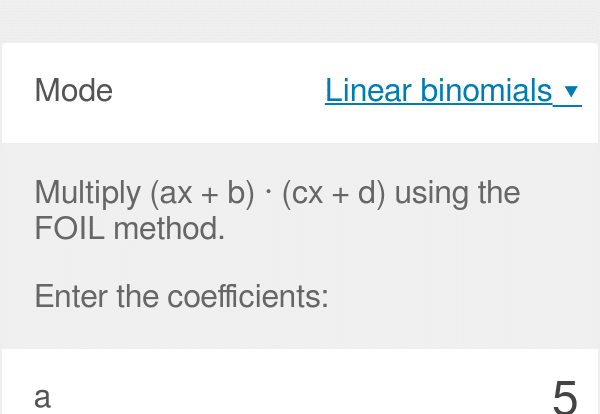Americans mostly rely on their own research to make important decisions. According to research from Pew Research Center, 81% of people rely on their own efforts to gather information. Of those people, 96% start — but do not end — with searching on the internet. Most people turn to the World Wide Web as a source of information, articles, and other useful texts, particularly those written by subject experts. This challenges our existing notion that people online only care about visual content.
While images, videos, GIFs, and memes are easily digestible formats for knowledge, effective communication still relies on well-written text. In Everybody Writes: Your Go-To Guide to Creating Ridiculously Good Content, author Ann Handley emphasizes that — despite the dominance of short, snappy, and image-filled content in our digital world — good writing matters more than ever. Online words are a form of currency in a highly connected, global landscape, so it’s important to choose our words well to tell a compelling story.
The way we write content can make you look smart, fun, warm, competent, and trustworthy. On the other hand, bad writing can lead people to assume you’re stupid or boring. Worse, you may even come across as offensive — especially if you’re communicating on a global scale. So how do you write for people who belong to unfamiliar cultures?

Keeping High-Context and Low-Context Cultures in Mind
The first step is to accept that culture influences the way we read and write. In our post called ‘High-Context Culture: Definition & Examples’, we distinguished the differences in communicating with people who belong to high-context and low-context cultures.
People who belong to a high-context culture prefer to use contextual elements when creating a message. Nothing stands on its own, and everything is related to an interconnected universe. Members of an excessive-context culture already recognize what the policies are, so they no longer need to be explicitly said. They assume the world makes sense in a similar way to other people, which allows them to use metaphors and figurative language to hide the actual message between the lines. Readers from countries like Japan, China, and France are often high-context communicators.
On the other hand, low-context cultures — usually groups from the US, UK, Australia, and Germany — must communicate with diverse backgrounds in mind. Messages must be straightforward, direct, and clear to allow as many people to understand it as possible. Readers from these cultures require detailed, step-by-step explanations, or they won’t interpret anything unless the writer explicitly says so.
3 Tips for Writing Culturally-Appropriate Content
When you’re writing for a global audience, it’s likely that you’re writing for both high-context and low-context readers. The challenge is to prepare content in a way that it can be understood by (and not offend) many diverse groups of people:
Consider how the audience thinks: The goal of a good content creator is to relate to each member of the audience, without compromising the overall message. When drafting your piece, you may want to weigh between collectivist and individualistic cultures. According to a study from the University of Georgia, ‘we’-oriented cultures — often from Asia or South America — place a greater emphasis on flexibility and adaptability to maintain harmony. On the other hand, American culture places a higher value on consistency and personal achievement. If you’re crafting content for different cultures, balance these two perceptions by providing examples that appeal to both sides.
Hit the right beats: Interestingly, writing traditions in many cultures expect the audience to participate in the creation of an argument. Readers make connections between the writer’s examples and how these are relevant to the story. Presenting information explicitly and all at once can be considered condescending, because it assumes the reader is lazy or unable to think for themselves. For this type of audience, it may be better to add an element of suspense, which will be resolved at the end of your content. This allows readers to think along with you as they read, while still satisfying others with the conclusion.
Pay close attention to details: Words, images, and gestures are not going to be familiar to everyone. Even innocuous slang may be an issue for international readers. Before publishing your work, try to read through the article and spot areas which could become a source of confusion. You might not be able to change everything, but this way, you can minimize obvious problems. At the end of the day, you don’t know who will end up reading your work — so write as if the whole world is your audience.








